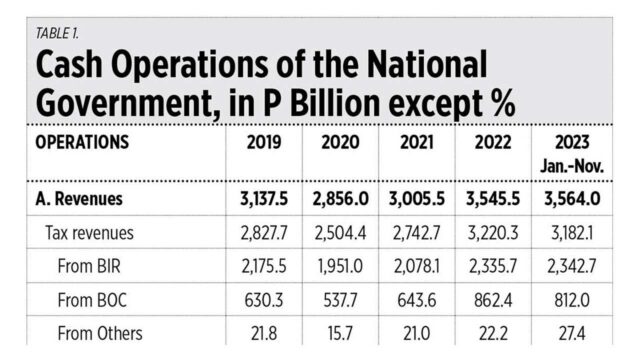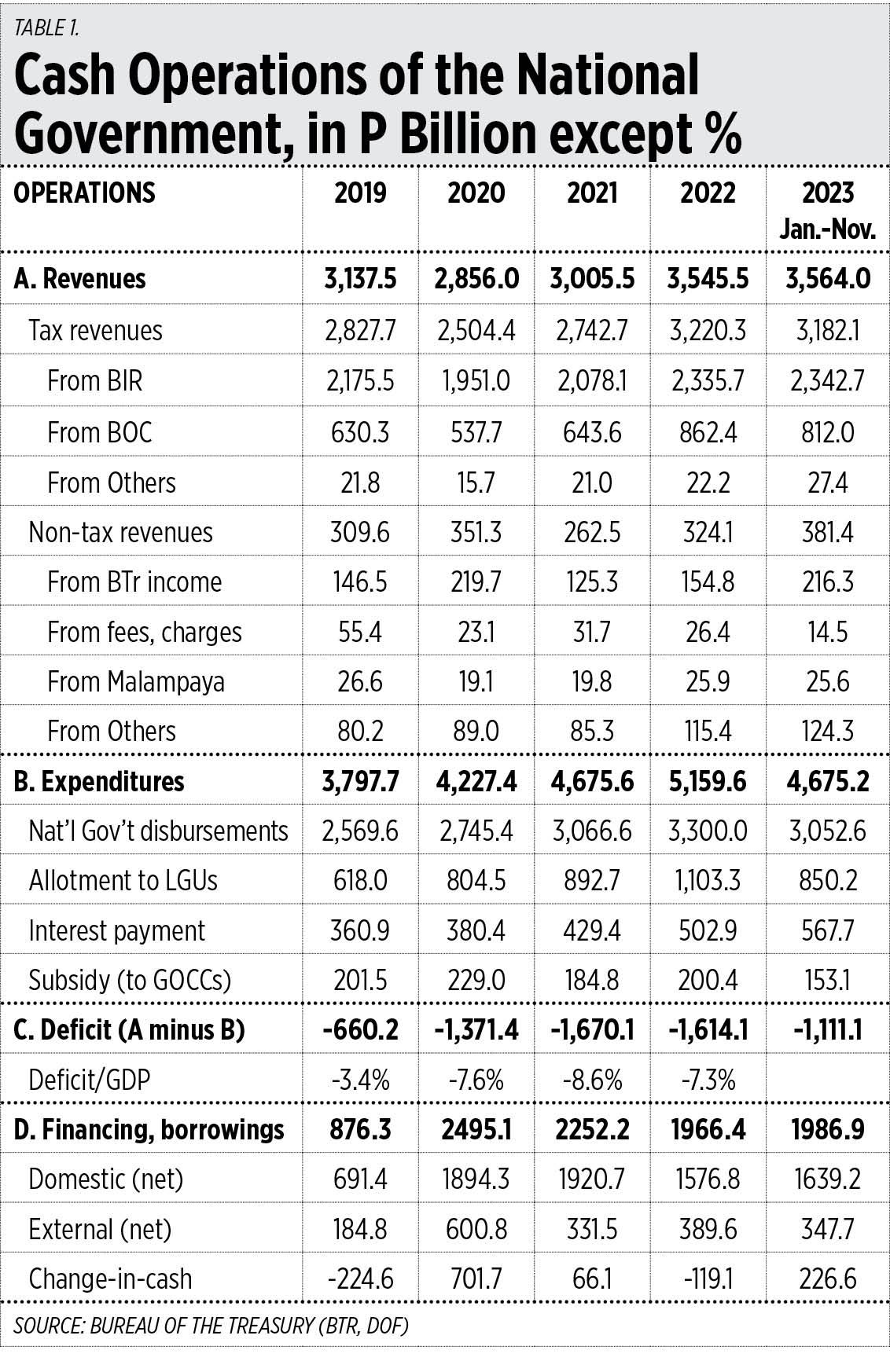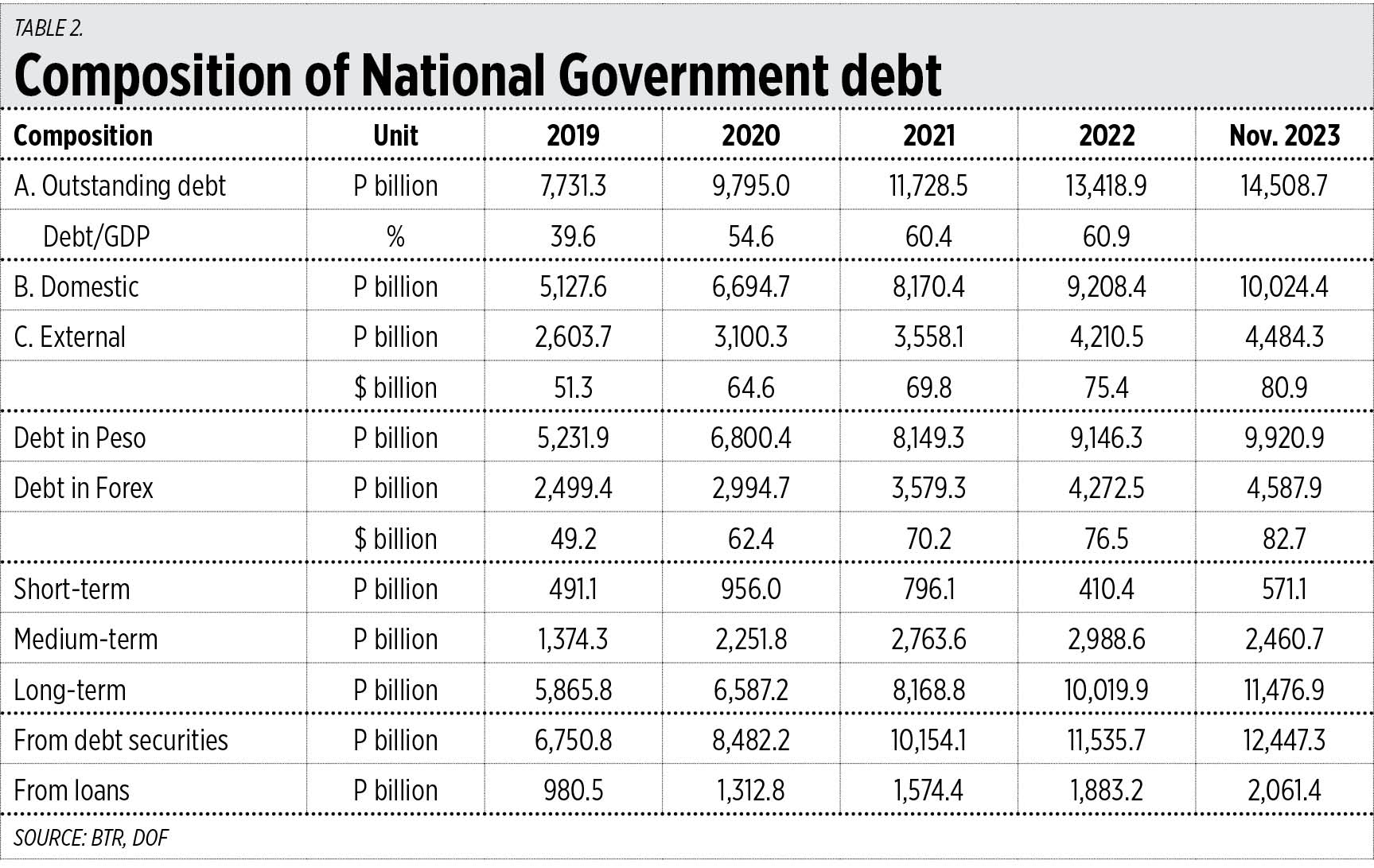MADRID — Madrid has broken ground on a new business district three decades in the planning, but with similar zones in London, Paris and New York struggling as more people work from home, critics see a risk the project could become a giant white elephant.
With a first phase due to be completed by 2035, Madrid Nuevo Norte (MNN) will add 1.6 million square meters (17 million square feet) of office space to the capital, including Spain’s tallest skyscraper.
The plans also include 10,500 new homes and a large park, while Chamartin station will be upgraded to become Madrid’s hub for high-speed and local trains.
Wary that areas like London’s Canary Wharf are losing tenants as remote working grows, developer Crea Madrid Nuevo Norte has tried to future-proof by studying 16 similar projects.
That informed the decision to mix offices with housing, shops and restaurants, head of strategy Miguel Hernandez said.
“Today people want to work, to live, to have leisure, to have retail in areas that are not completely empty by night,” he told Reuters.
Crea Madrid Nuevo Norte is a consortium made up of Spanish bank BBVA, real estate investment trust Merlin Properties and constructor Grupo SanJose.
It is working with Madrid’s mayor’s office on the project, which was snarled up by legal challenges for almost 30 years.
MNN will also seek to attract a more diverse range of tenants than business districts that have relied heavily on the financial sector to fill their offices. These include health sector companies, to take advantage of their location next to one of Madrid’s largest hospitals, Mr. Hernandez said.
The vacancy rate in New York’s financial district has almost doubled since the pandemic, when remote working surged, to 21% in the third quarter of 2023, according to real estate data provider CoStar Group.
Vacancies at Paris’ La Defense soared to 19.7% in the first half of 2023 from 6.7% at the end of 2018, while Canary Wharf has lost 1 million square feet in demand for its offices since the pandemic, according to CoStar.
HSBC is set to leave Canary Wharf for a smaller office in central London, while Barclays is reducing its footprint there. Credit Suisse’s long-running presence is also uncertain after its takeover by UBS, which plans to axe thousands of jobs.
Canary Wharf Group is seeking to adapt and diversify by developing a giant life sciences campus and building more flats, restaurants and bars. Canary Wharf Group did not respond to a request for comment.
LESS COMMUTING
Spaniards embraced working from home during the pandemic more loosely than some neighbors. They attend the office an average of 2.6 days a week compared to the European average of 1.8 days, a study by CBRE — one of the world’s largest real estate investment managers — released last week showed.
Merlin Properties CEO Ismael Clemente said that factor, and a shorter commute than to Canary Wharf or La Defense, made him confident there would be demand for office space.
“If it takes you 20 minutes to get to work, why the hell are you going to work from home?” Mr. Clemente said.
But some analysts argue that Madrid, which already has the AZCA and Four Towers business parks nearby, really needs more residential, not commercial property.
PwC estimates that Madrid will need 11,000 new homes per year to meet demand while a study by Gesvalt found the city has a shortfall of 214,000 affordable homes.
According to EY, the city had 1.7 million square meters of empty offices in the first half of 2023 and an office vacancy rate of 11%, up from 9.3% in 2020.
Javier Garcia-Mateo, EY’s head of strategy and transactions for the real estate sector in Spain, said MNN should reduce its planned office space by 500,000 square metres and build 15,000-20,000 additional homes instead.
“Why are you going to develop offices when what you need there is residential?” Mr. Garcia-Mateo said.
But some local residents have campaigned against the project because they fear it will eventually become a giant upmarket suburb that marginalizes its working class neighbors.
“When they don’t have demand in the market the developers will convince the government to allow them a change of classification so that instead of offices in 20, 30 years they’ll be homes — luxury ones, of course,” said Vicente Perez, who led one such campaign.
The mayor’s office did not reply to a request for comment. Crea Madrid Nuevo Norte´s Mr. Hernandez said it would be difficult to change the classification now the project is underway.
Merlin’s Mr. Clemente said the project will take as much as 40 years to complete, drip-feeding offices into the market to avoid flooding it.
Advocates for the development say it will help attract more international companies to the Spanish capital.
Paloma Relinque, director of capital markets at CBRE in Spain, said Madrid lacks prime offices that meet the sustainability standards they demand. The Grade A office vacancy rate in the area where MNN will be built is around 0.7% compared to 7.8% for all offices, according to CBRE.
Jose Ramon Iturriaga, a fund manager at Abante Asesores in Madrid, which holds shares in Merlin, drew parallels with a recent surge in luxury hotel construction in the city.
“If you don’t have this kind of premium office space, certain high-end business hubs won’t come,” he said. — Reuters


![Midnights[Moonstone Blue Edition LP]](https://www.bworldonline.com/wp-content/uploads/2024/01/MidnightsMoonstone-Blue-Edition-LP-640x360.jpg)



















